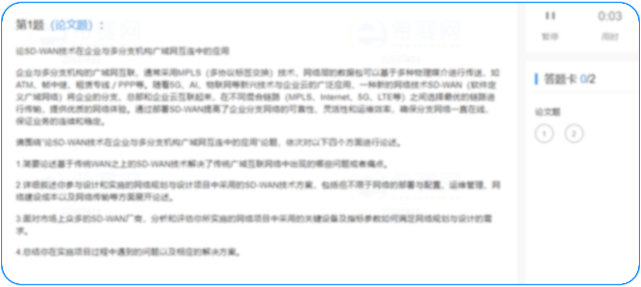
iso3887-2018
ISO 3887-2018 : Road vehicles — Safety glazing materials — Method for the determination of solar transmittance is a part of the ISO 15486 series of standards created to ensure the safety of road vehicles in various conditions. This standard specifies a method for measuring the degree to which vehicle windows transmit solar radiation, which can affect the temperature inside the car and the visibility of the driver.
From a technical point of view, the determination of solar transmittance is a complex and highly technical process. The standard describes in detail the equipment required for accurate measurement, including the use of a spectrophotometer, light sources, and reference glass panels. The procedure for selecting the test location on the glazing is also defined herein, as well as the acceptable range of test results.
From a safety perspective, this standard plays a crucial role in the safety of road vehicles. Solar radiation and heat can cause discomfort, fatigue, and even health risks to drivers and passengers. The degree of tinting allowed on windows is therefore carefully regulated by this standard to ensure that the interior temperature of the car remains at a safe level, and the driver's visibility is not impaired.
The standard also has implications for environmental sustainability. A car's air conditioning system uses significant amounts of energy, leading to higher CO2 emissions if excessive solar radiation enters through the windows. By limiting the solar transmittance, the fuel efficiency of a vehicle can be improved by reducing the need for air conditioning.
Manufacturers and suppliers of automotive glazing materials also benefit from this standard. Compliance with this standard allows them to market their products as safe and reliable, and it ensures that their products conform to the latest safety standards. Furthermore, it promotes fair competition among suppliers, leading to higher quality products.
In conclusion, ISO3887-2018 plays a crucial role in ensuring the safety, comfort, and sustainability of road vehicles. By defining and standardizing the methods for determining solar transmittance, this standard ensures that vehicles meet safety standards and reduces carbon emissions. Compliance with this standard also allows manufacturers and suppliers to provide customers with safe, reliable, and high-quality glazing materials.








